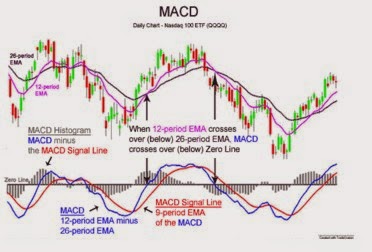Forex Education Center- Ribbon Bollinger,Graph Bollinger or better known as Bollinger Bands are one of the indicators in technical analysis (analysis of market movements to read through the chart) were found by John Bollinger in the 1980s. Bolinger chart is a development of the concept of trading bands that can be used to measure the height limits of humility or the limits on stock price relative to the previous price.
Bollinger chart consists of
Center line which is the period N of simple movements.
The line up on the K time period N standard deviations above the middle line
The bottom line on K times the standard deviation below the Period N intermediate line
Specific values for N and K, respectively, are 20 and 2, respectively.
Bollinger charts can not be used as a stand alone without the use of other indicators such as using the Relative Strength Index indicator or better known as the Relative Strength Index (RSI). By using this chart, the Bollinger with RSI indicator can be obtained by a sale or purchase, for example:
If the RSI is above the 80 and if the narrowing Bollinger charts and prices tend to be flat, so in these conditions when the RSI formed a bearish divergence signal then is a right moment to sell.
If the RSI is below the number 20, and if the narrowing Bollinger charts and prices tend to be flat, so in this condition when the RSI bullish divergence forming it is a good time to make a purchase.



